A staple of Japanese cooking, teishoku provides a well-balanced and harmonious eating experience that has fed generations. Teishoku is more than simply a quick meal it’s the epitome of Japanese cooking philosophy, in which every component works together to create harmony on the plate.
What is Teishoku?
One of the basic meal formats in Japanese restaurants is teishoku (定食). Combining the words “一定” (fixed) with “食事献立” (meal menu), the term literally translates to “fixed meal.” Japanese eateries frequently serve dishes like “Tonkatsu Teishoku,” in which the name of the main course comes before “teishoku.”
Steamed rice (gohan), soup (usually miso), pickled vegetables (tsukemono), and a main course (okazu), which may include vegetables, fish, or meat, are the usual components of a teishoku. Although the focal point of teishoku is frequently the main dish, rice truly takes centre stage. In contrast to Western course dining or à la carte selections, this meal arrangement enables guests to enjoy many menu items at once because all dishes are presented on the table simultaneously.
Rice in Teishoku
For ages, rice has had a special place in Japanese society. Rice output (measured in “kokudaka”) was a sign of prosperity in the early modern era. Rice is the main dish (shushoku) in Japanese cuisine, whereas side dishes are considered supporting components (fukushoku).
In Kyoto, side dishes are referred to as “omawari” (that which goes around), highlighting the fact that rice is the main course and other foods are served around it. The traditional teishoku structure, which features rice as the major ingredient and side dishes as complimentary aspects, produces a logical daily meal pattern that delivers delightful diversity and nutritious balance, even if modern Japan offers numerous alternatives, such as bread and noodles.
History
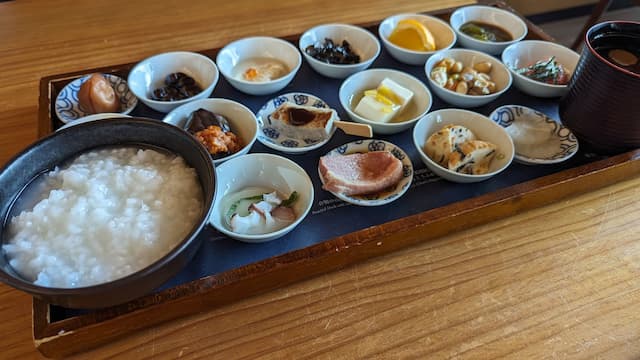
The origin of Teishoku
The origins of teishoku (Japanese set meals) date back to ancient times, with traces appearing in literature from the Heian period (794-1185). Even then, teishoku had the same basic structure we recognize today: white rice as the main dish, accompanied by several side dishes and soup. This basic arrangement has remained remarkably consistent over the centuries.
Heian Period
During the Heian period, the food culture of the imperial court and nobility developed in a unique way. Their tables featured diverse dishes highlighting seasonal ingredients, including early forms of what we now call teishoku.
Edo Period
As cities grew during the Edo period (1603-1868), townspeople enjoyed increasingly affluent lives and fostered diverse food cultures. Teishoku became popular not only in ordinary households, but also as favorite dining places for the common people.
Commoners valued teishoku restaurants as places where they could conveniently enjoy balanced meals. These establishments typically offered menus based on fish and vegetables-traditional Japanese ingredients-with careful attention to nutritional balance.
Showa Era
Japanese eating habits changed dramatically during the Showa Period (1926-1989), especially during the economic boom. Teishoku restaurants became popular as places where busy people could eat quickly and easily without the hassle of cooking at home.
From the mid to late Showa era, family restaurants spread rapidly throughout Japan. These establishments allowed families and friends to dine together in a casual setting with a variety of menu options.
Teishoku in Modern Times
In today’s Japan, teishoku holds a special place among the country’s diverse food cultures. Traditional set meals are enjoying renewed appreciation amid trends that emphasize health consciousness, local food movements, and sustainable consumption of locally produced ingredients.
Nutritional Balance in Teishoku
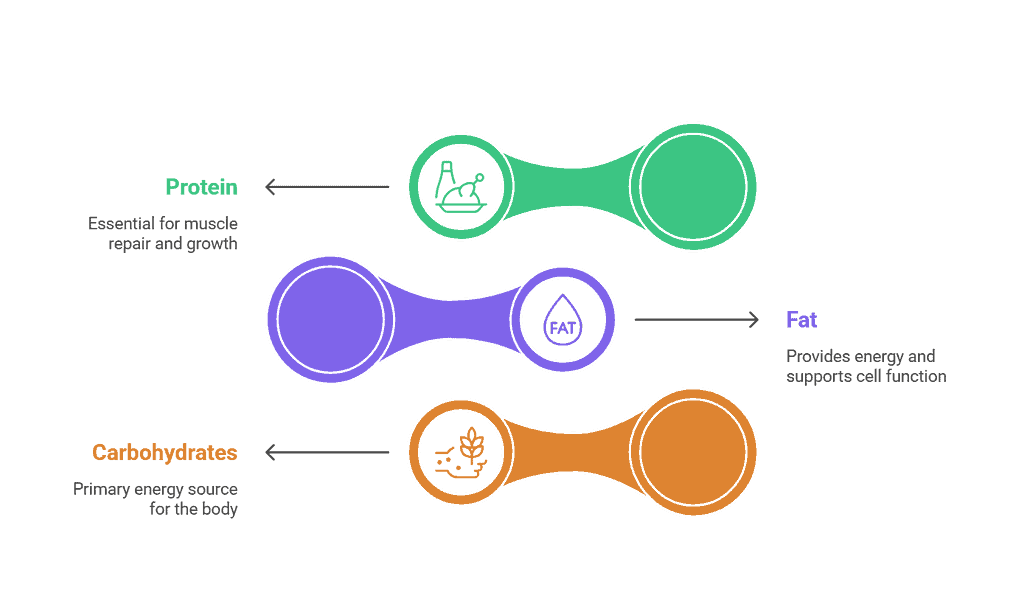
Nutritional balance is still important when thinking about healthy eating. Protein should make up 11–20% of the PFC balance, fat should make up 20–30%, and carbs should make up 50–65%. By mixing rice, broth, meat or fish protein, and vegetables, seaweed, or beans as side dishes, teishoku naturally strikes this equilibrium.
Teishoku’s proportionate rice-to-side dish ratio helps people avoid consuming too much protein and fat. One major benefit of teishoku is that it provides an easy approach to maintain dietary balance in a world where nutritional imbalance is frequent.
The right order to enjoy Teishoku

Teishoku serves the rice, soup, pickles, and side dishes all at once, in contrast to Western course meals where they serve the foods one after the other. Teishoku has its particular rhythm for optimal enjoyment, which may be confusing to individuals who are not familiar with the format.
Eating rice, drinking soup, eating rice again, trying a side dish, and then eating rice again is the cycle of the traditional method. This rice-focused diet has a number of advantages:
① It keeps nutritional balance by preventing excessive ingestion of fat and protein.
② It enables customers to customise flavours to their liking—using more rice for dishes with strong flavours and less for those with milder ones.
③ Between meals, going back to rice revitalises the palette and improves the flavour of the next dish.
Every recipe benefits from rice’s straightforward, adaptable flavour, which lets you savour the entire meal without getting bored.
Regional Teishoku Variations Across Japan
| Coastal Regions | Mountain Regions |
| Mainly seafood-based teishoku, featuring fresh fish and other delicious seafood, popular among locals and tourists. | Teishoku often includes wild plants and vegetables grown nearby. These ingredients have unique flavors that are specific to the region. |
Hokkaido
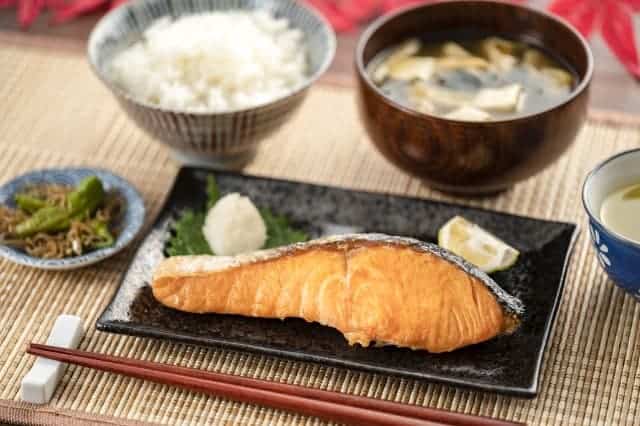
Hokkaido’s teishoku celebrates its northern location with a focus on fresh seafood like butter-grilled salmon or squid, paired with locally grown vegetables. The region’s dairy industry adds a unique touch with dishes featuring milk, cheese, or butter—rarely seen elsewhere in Japan. Hokkaido’s modern development brings a fresh twist to these meals while keeping traditional balance intact.
Kansai

Kansai teishoku blends tradition with local street food, like takoyaki or okonomiyaki. Flavorful udon or soba are often added, while Kyoto’s influence lends a touch of elegance to the region’s dining.
Kyushu
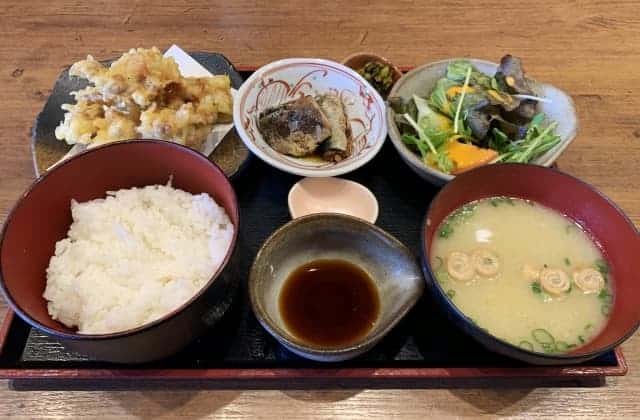
Kyushu teishoku highlights its famous chicken dishes and tonkotsu specialties, sometimes incorporating subtle Asian influences. Dishes like mentaiko (spicy cod roe) and fresh local veggies bring a regional flavor, with seasonal changes reflecting Kyushu’s agricultural abundance.
Common Types of Teishoku
Tonkatsu Teishoku
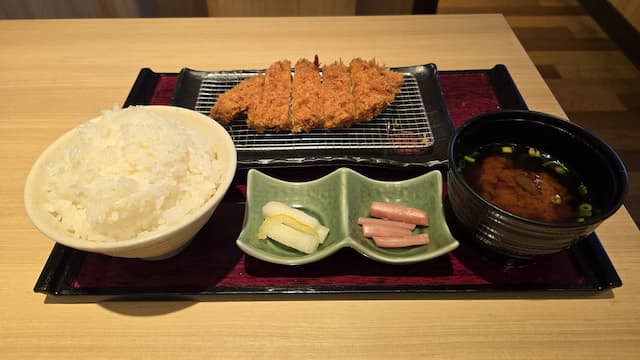
This traditional teishoku dish consists of a deep-fried pork cutlet covered in breadcrumbs, flour, and whisked egg. Usually eaten with mustard and Worcestershire sauce, the crispy outside of the cutlet preserves the luscious flavour of the pig. Rice, pickled vegetables, miso soup (sometimes with clams), and side dishes such kinpira renkon (spicy lotus root) are all part of the meal.
In the late nineteenth century, the French côtelette (English “cutlet”) gave rise to tonkatsu. By the early 1900s, it had changed from being mostly pan-fried with little oil to the fully deep-fried variant that we are familiar with today.
Hamburg Steak Teishoku
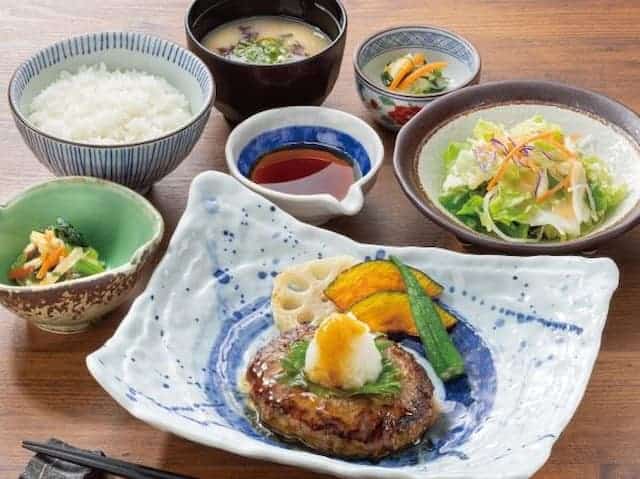
This well-known teishoku dish, which is usually together with demi-glace sauce, consists of a Japanese-style hamburger patty made from ground meat combined with onions and breadcrumbs. Rice, vegetable soup, pickled veggies, and warm veggies including carrots, potatoes, and broccoli are examples of accompaniments. A poached egg is served as a side dish in some variations.
When Japan’s first cooking school, “Akabori Kappo Kyojo,” opened its doors in Nihonbashi, Tokyo, in the late 1800s, hamburger steak made its debut. As a testament to how well this meal has assimilated into Japanese cuisine, variations today include teriyaki hamburg with sweet-savory sauce and wafu (Japanese-style) hamburg with grated daikon radish.
Grilled Fish Teishoku
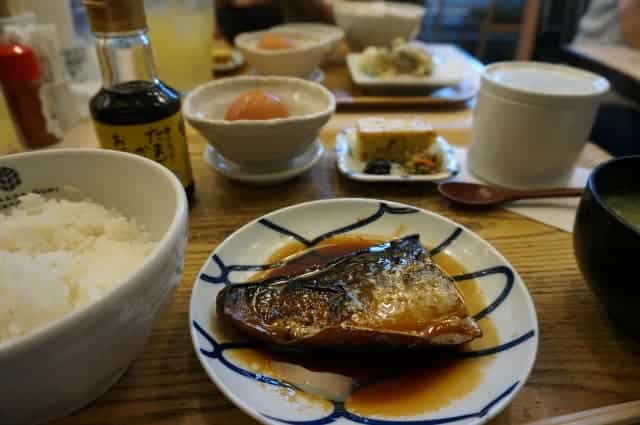
This teishoku focusses on simply salted and grilled fish, letting the natural flavours shine and embracing Japan’s seafood-rich surroundings. Rice, wakame miso and tofu soup, a variety of pickles (such as kelp tsukudani, takuan, and umeboshi), and side dishes such tamagoyaki (rolled omelette) and gomoku-ni (simmered vegetables) are all included in the meal.
Often served with grilled fish, grated daikon radish aids in digestion, reduces fishiness, and guards against food sickness. The richness of the fish is sliced by citrus fruits like sudachi or kabosu, and its smokiness is enhanced by soy sauce—all of which symbolise the culinary expertise ingrained in Japanese cooking.
Shogayaki Teishoku
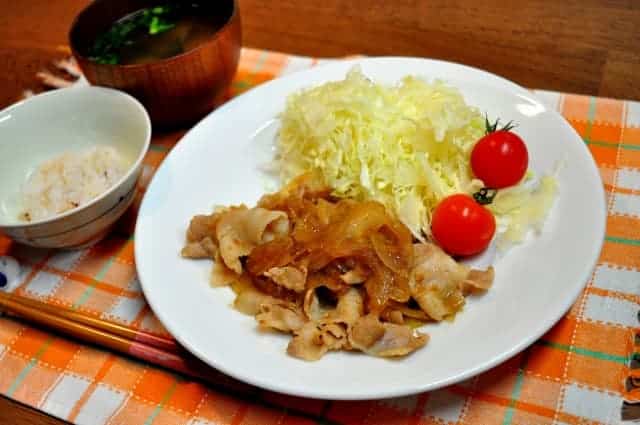
Shogayaki teishoku is a meal centered around ginger pork, a flavorful dish in which thin slices of pork are sauteed in a savory sauce made with ginger, soy sauce, and mirin. It’s served with a bowl of rice, miso soup, and a side of pickled vegetables. The ginger gives the pork a warm, spicy kick, making it a popular choice for a hearty and satisfying lunch or dinner.
Karaage Teishoku

Karaage Teishoku features crispy Japanese fried chicken, known for its juicy texture and seasoned coating. The chicken is marinated in soy sauce, garlic, and ginger, then deep-fried to golden perfection. It’s typically served with rice, miso soup, and a side of shredded cabbage or salad for a well-balanced meal. Karaage is a favorite for its crunch and flavorful taste, perfect for those who love fried foods.
Chicken Nanban Teishoku
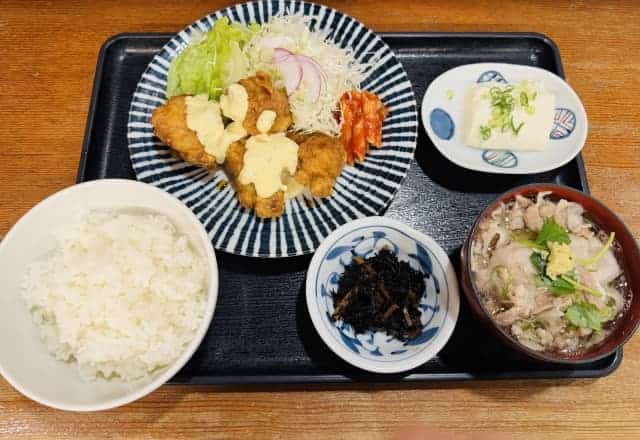
Chicken Nanban Teishoku is a delicious meal with fried chicken topped with a spicy nanban sauce and creamy tartar sauce. Originating from Miyazaki Prefecture, this dish balances the crispy fried chicken with the sweet and sour flavor of the sauce. Served with rice, miso soup, and pickles, it’s a comforting meal with a great combination of textures and flavors. It’s especially popular for its indulgent and rich flavor.
Other popular types
Saba Miso-ni Teishoku: This dish consists of mackerel cooked with miso, a fermented condiment that balances the fish’s unique aroma and increases its umami.
Teishoku Tempura: showcasing in-season foods like prawns and veggies that are perfectly deep-fried after being coated in a light batter
Sukiyaki Teishoku: This dish, which is typically eaten with raw eggs for dipping, consists of thinly sliced beef and vegetables cooked in a sweet-savory broth.
Teishoku FAQ
- How does teishoku differ from bento?
-
While both include several dishes in one meal, teishoku is served fresh in restaurants on individual plates or bowls, while bento is packed in a box for takeout. Teishoku usually includes soup and is meant to be eaten immediately, while bento is designed to remain appetizing for several hours.
- What are the trends in restaurants serving teishoku?
-
A growing number of restaurants specialize in organic and locally sourced teishoku. Restaurants that offer healthier meal options with reduced calories and salt are also growing in popularity. Many places now highlight nutritional information and accommodate dietary restrictions such as gluten-free or vegetarian options.
How to make Teishoku at home?
Ingredients
| ・2 boneless pork loin chops (about 1/2 inch thick) |
| ・1 cup panko breadcrumbs |
| ・1/2 cup all-purpose flour |
| ・1 large egg |
| ・Salt and pepper to taste |
| ・Vegetable oil (for frying) |
| ・Shredded cabbage (for serving) |
| ・Tonkatsu sauce (for drizzling) |
| ・Steamed rice and miso soup (optional, as part of teishoku set) |
Instructions
Pound the pork chops to even thickness. Season both sides with salt and pepper.
Set up a breading station with three dishes—one for flour, one for beaten egg, and one for panko breadcrumbs.
Dredge each pork chop in flour, dip into the egg, and coat with panko.
Heat vegetable oil in a pan to 170°C (340°F). Fry each breaded pork chop for about 4-5 minutes per side, or until golden brown and cooked through.
Drain on paper towels and slice. Serve with shredded cabbage, rice, miso soup, and tonkatsu sauce drizzled on top. Enjoy your Tonkatsu Teishoku!
Recipe by @katanobu
Recommended Restaurants
Hishidaya(菱田屋)
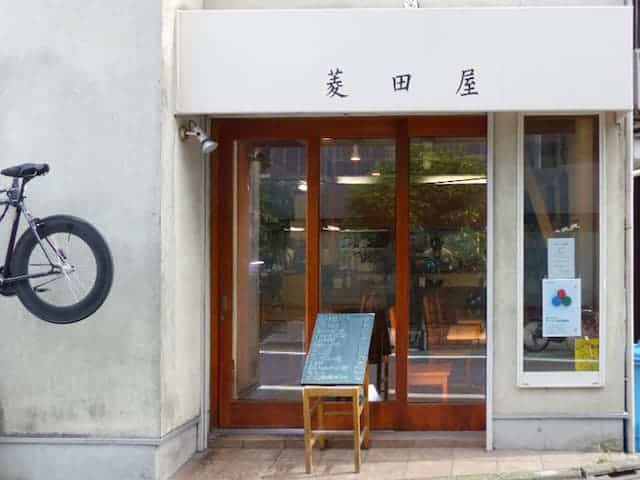
Located near the University of Tokyo, Hishidaya is a century-old restaurant with a bustling yet cozy atmosphere. Locals, students, and even foreigners line up for its famous set meals, with diners enjoying everything from solo meals at the counter to lively group gatherings. The restaurant’s must-try dish is the perfectly-balanced Ginger Pork, famous for its tender, juicy meat and flavorful seasoning. With an extensive menu of over 60 items, including Chinese-inspired dishes such as Fried Chicken with Green Onion Sauce, every meal is a memorable experience.
Morikawa(食堂 もり川)
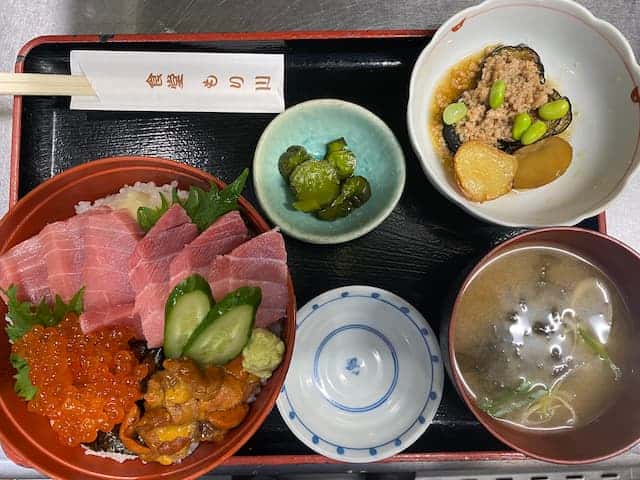
Matsukawa Daida, owner of this Meiji era teishoku restaurant, aims to satisfy students with hearty, filling meals. One of the highlights is the seafood bowl, which is filled with a variety of fresh, seasonal seafood from Tsukiji and Misaki. With its thick, rich slices of tuna, plump shrimp and crunchy surf clam, each bite bursts with unique flavors, making this dish as delicious as any high-end sushi restaurant. Truly a feast you won’t forget!
Takeya Shokudō (竹家食堂)

Located in Yokohama’s Central Wholesale Market, this restaurant serves fresh seafood dishes perfect for an authentic market dining experience. Open to the public every Saturday, it’s a hidden gem tucked deep inside the market with a cozy atmosphere. The star of the menu is the Omakase Don and Nishoku Don, featuring incredibly fresh cuts of fish like tuna, salmon, and more. Despite the generous portions, the prices are very reasonable, making this a great spot for both quality and value. If you are a seafood lovers, it is a must-visit spot!
Takeaway
Although sashimi (raw fish) and tempura teishoku are still popular classics, meat-based options like karaage (fried chicken), tonkatsu, and hamburg steak teishoku are at the top of the popularity rankings.
Teishoku, which has been a part of Japanese daily life since the Edo period (when it initially appeared to cater to travelling samurai), offers a spiritual approach to meals, balanced nutrition, and aesthetic appeal. The format reflects the development of Japanese cuisine culture while satisfying the body and the soul.
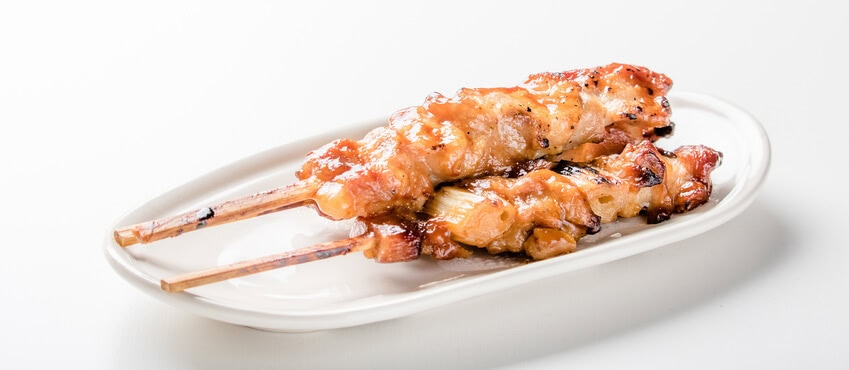
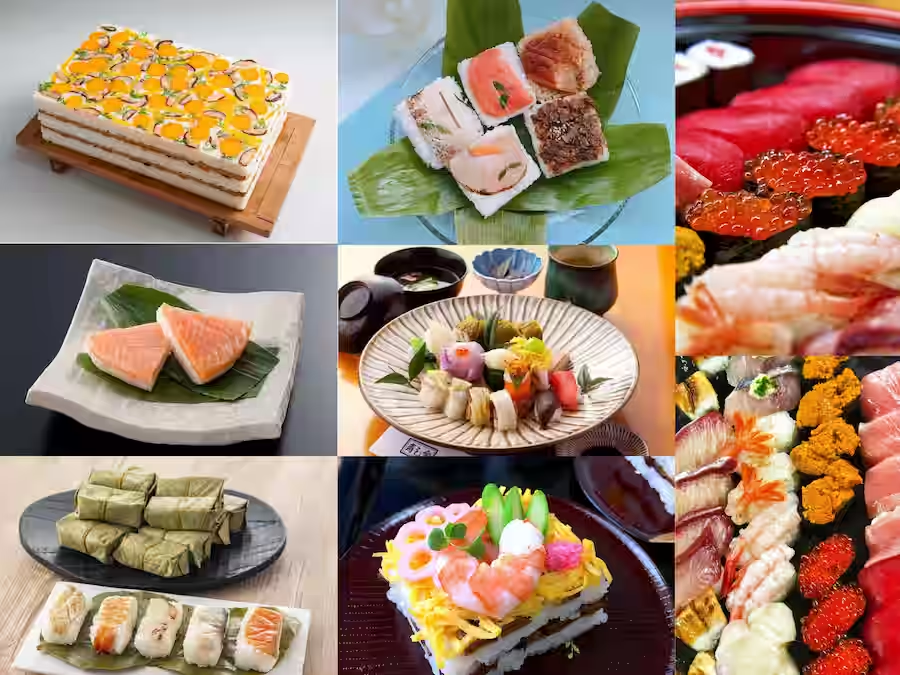
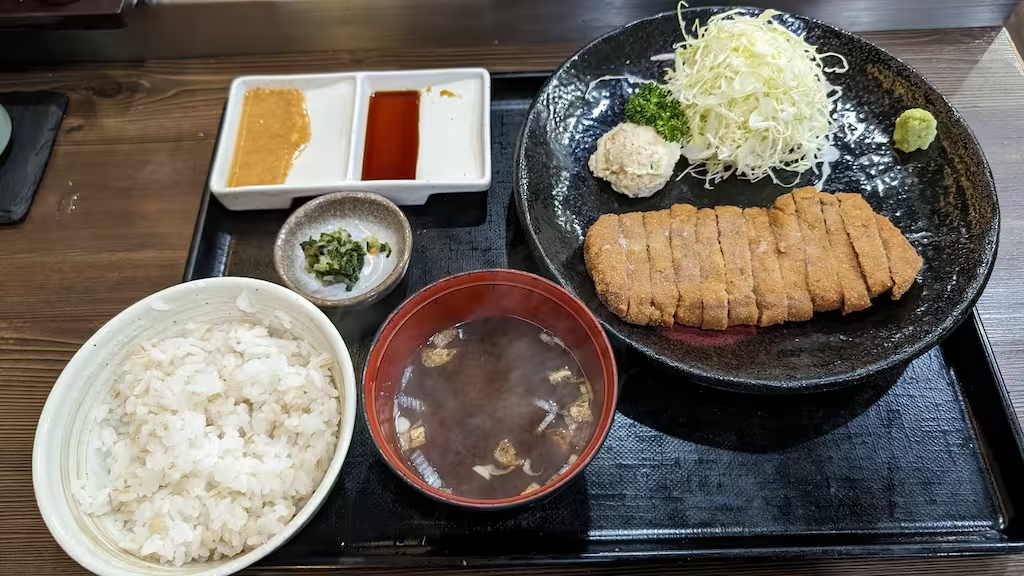
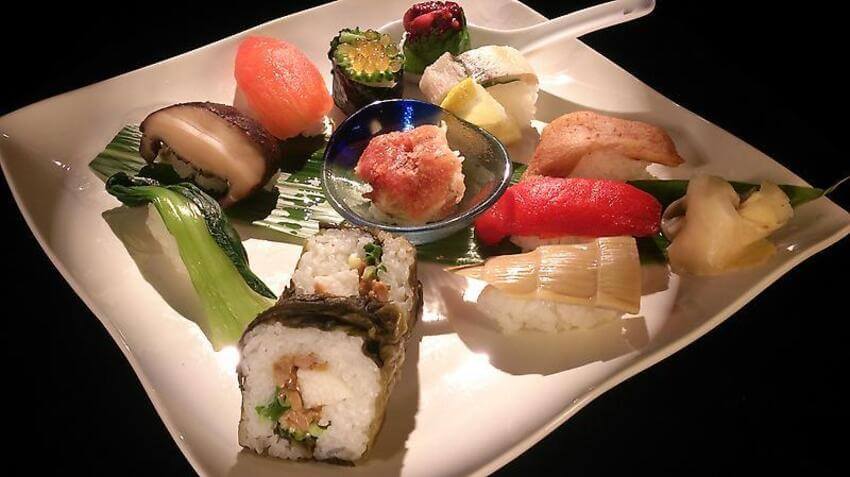
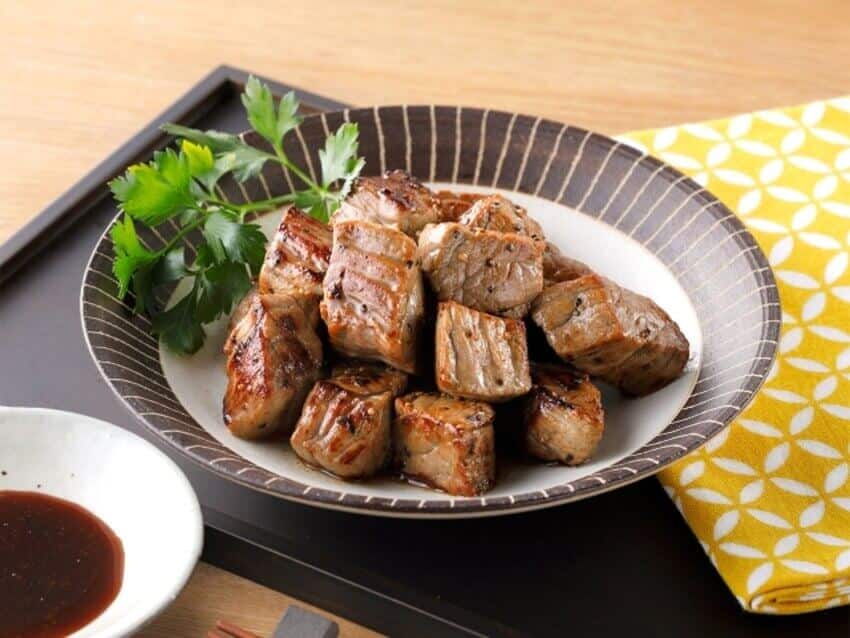

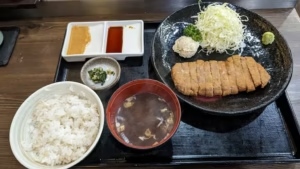
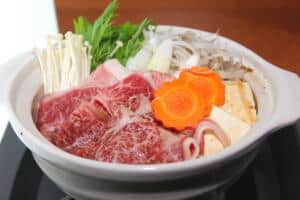

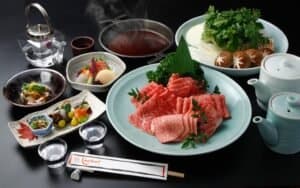
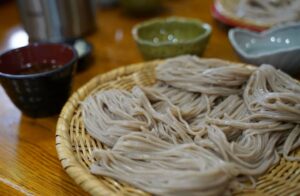
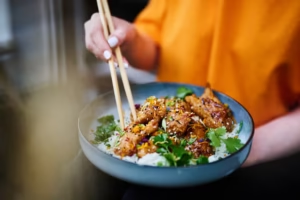
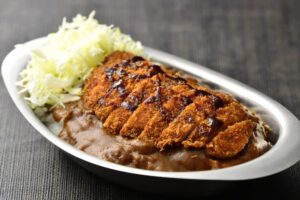
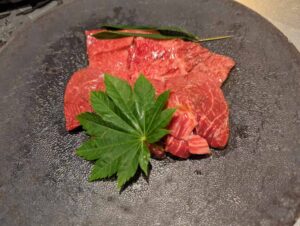
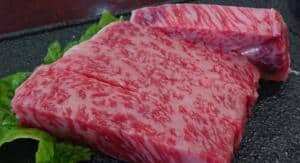
Comments